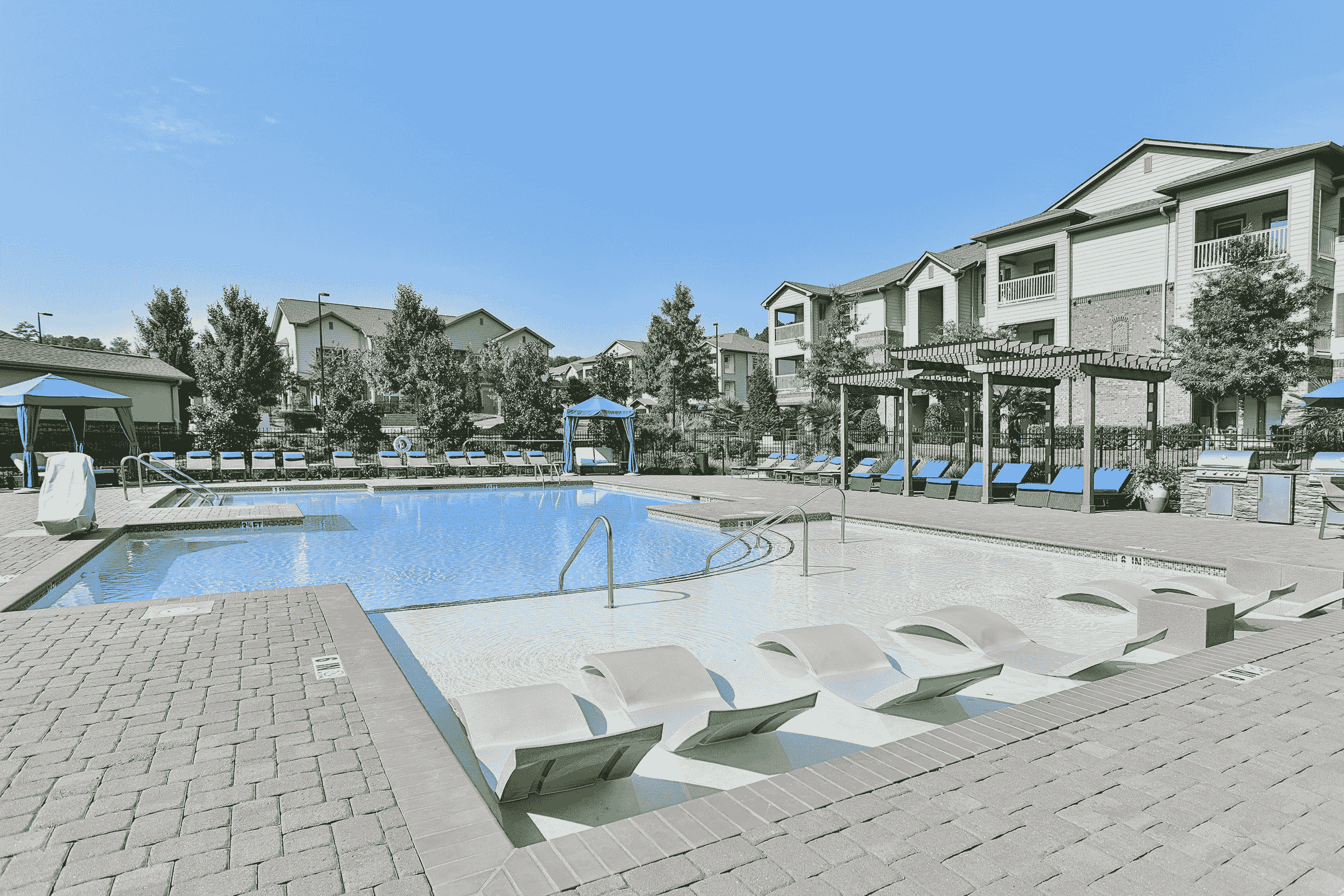Control is a funny thing, isn’t it? While I technically bear the title of “millennial,” I’d like to think I’m wise beyond my years (the fact that I think that may indicate that indeed, I am not—I’ll check with my wife and get back to you). One thing I’ve realized as I’ve matured is that the idea of control is, to a degree, an illusion. That when you insist on control, you are generally sacrificing something more valuable for it. While this could be fodder for a therapist’s couch or an ill-conceived philosophy book, I am referring to the concept of control as it relates to our money and how we choose to invest it.
My wife and I have recently made the switch from actively investing in single-family homes to passively investing in multifamily assets. To arrive at this decision, we had to work through our idea of control. We liked managing our single-family homes, I liked vetting the tenants, using “my guys” to get work done, saving on exorbitant property management fees, and even getting my hands dirty when I couldn’t find someone to do a job (I’ve electrocuted myself at least twice).
But here’s the truth, I didn’t actually like doing any of those things, I just liked the sense of control I felt and the feeling that I was saving money. Here are some issues I was experiencing because of my desire to feel I was in control:
- Time. Time in the evenings and on weekends with my family and friends, resting and recreating. Time that, if spent working on more valuable activities, would yield more income and personal fulfillment than fixing toilets, painting, mediating disputes between three best friends who thought it would be “so fun” to live together, and so on…
- Serious risk. A single-family home is the opposite of diversification. I was one bad tenant, layoff, health issue, or pandemic away from a complete loss of income for the foreseeable future.
- Being at the mercy of the market. Unlike multifamily assets, the values of single-family homes are at the mercy of comps, or what other homeowners are willing to pay for them. We were trading our sense of control for the risk of having the value of our assets significantly eroded at any given time.
- Higher taxes. Unlike multifamily assets, single-family investments do not have nearly as many tax advantages.
- Diminished peace of mind. Knowing that I could be called on 24 hours a day, for any issue, robbed me of my peace of mind. Did it happen often? No, but not having systems and processes in place to handle maintenance issues, problem tenants, etc. impeded my ability to relax, even on vacation.
- Return on Investment (ROI). While our single-family investments looked great on paper, the “$200-$300 a door target” hasn’t panned out. Pro forma expense ratios don’t work very well without scale. A new roof on a rental home can wipe out your cash flow for years. So can a problem tenant, a market downturn, or a mediocre property manager.
If you’re reading this, you very well may be much further along on the journey of surrendering the illusion of control. Or you may be still contemplating whether you are ready to make the leap. I’ve talked with a myriad of investors and I’ve never heard one say, “I love being a landlord,” or any variation of that statement. They may value the results, but not the means to the results.
We’ve now traded that sense of control for:
- Time: More time with our family and friends, doing things we enjoy, and relaxing.
- Value: Dedicating more of our working energy to the things we’re good at, enjoy doing, and are well compensated for.
- Lower Taxes: Multifamily assets benefit from both accelerated depreciation and bonus depreciation, so we’ll pay far less in taxes this year, and for the foreseeable future.
- Peace of mind: No more worries about burst pipes, fires, or domestic disputes. My dad etched this motto into my mind from an early age, “trust, but verify.” We know, like, and trust the operators we’re investing our capital with. We’re confident in their competence, strategy, and processes. And we always verify. Issues will, of course, arise, but there are full-time employees in place to handle those, and they no longer interrupt my evenings. Dan Handford, one of our managing partners, recently wrote an article ‘The Red Flags for Passive Apartment Investing’, and this criterion is immensely helpful to gaining peace of mind about who we’re investing your capital with.
What trade-offs are you currently making? Where are you on the control spectrum? It’s certainly worth thinking about. Passive Investing is a way to experience “the best of both worlds” as the phrase goes. You strengthen and are in control of your financial situation minus the labor and headaches associated with being a landlord to your tenants.

